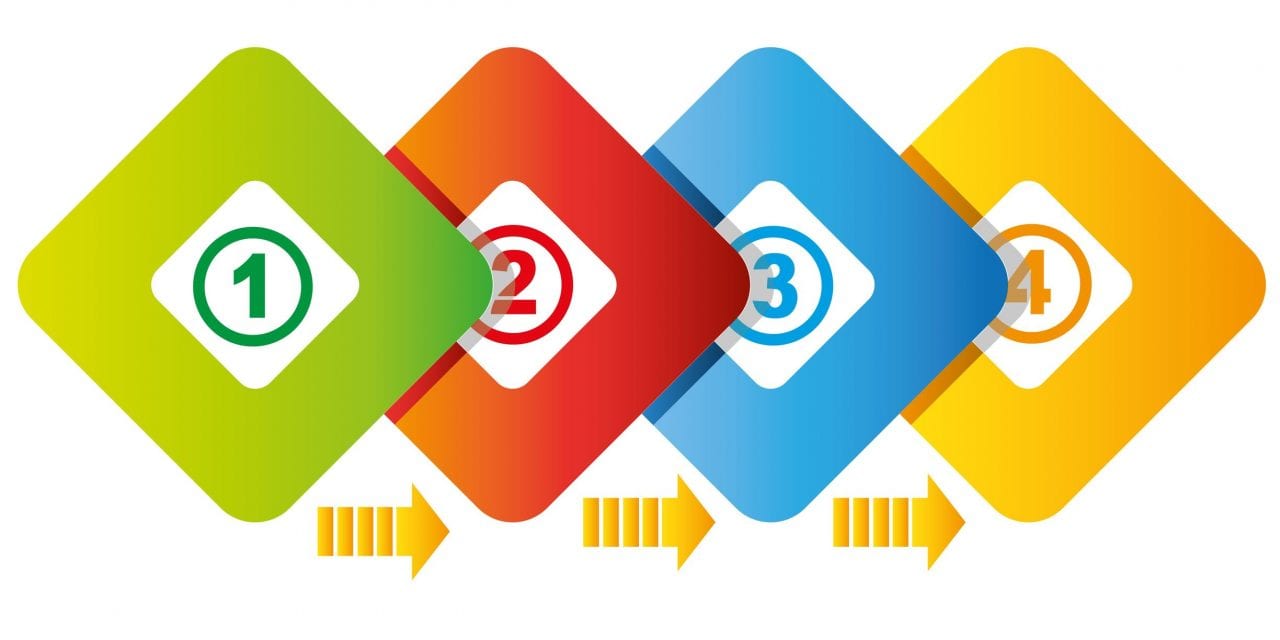Both efficiency and effectiveness must work hand-in-hand for an experience that exceeds residents’ expectations.
By Robert Bourgon, Business Development Executive, Sodexo Seniors (a Senior Housing Forum partner)
It’s been said that efficiency is doing things right. Effectiveness is doing the right things.
Both efficiency and effectiveness must work hand-in-hand for an experience that exceeds residents’ expectations. In doing so, you’ll also foster an environment where staff members can perform at the top of their ability and grow professionally. At the end of the day, streamlining operations to embrace what works and eliminate what doesn’t will lead to higher resident satisfaction, stronger culinary teams, and a better bottom line.
4 Ways To Improve Efficiency
Here are four ways to improve efficiency in senior living dining programs . . . and really benefit residents and staff:
- Adopt Point of Sale (POS) Systems – Want to save time, simplify processes, enhance transparency, and reduce paperwork? Well, yes we all do. We want to monitor resident preferences and nutritional needs, reduce trips to the kitchen by allowing servers to submit orders wirelessly, and enable one-click access to vital account, inventory, and planning information. A POS system can help us do all of this, and are quickly becoming the norm. What’s more, they allow leadership to gain insight from often overlooked data analysis, and then to reevaluate and restructure procedures.
- Take Advantage of Technology – Tech tools like Sodexo’s mobile app, Bite, give residents an edge in tracking nutrition, browsing menu choices, and learning about how their food is prepared. The app works directly with the chef on site, so people can leave regular reviews and feedback. Residents can see a complete nutritional breakdown of every item served, link to their Fitbits, compare menus between communities, and even filter meal options based on food allergies. In addition, integrated mobile ordering with custom pickup options is coming soon.
- Invest in Quality Ingredients – Fresh is better and more efficient, too. Yes, locally-sourced menu items require planning and timing. The benefit is that they eliminate the need for thawing, as well as the heavy seasonings and high-sodium sauces used to flavor frozen items. By sourcing directly from local farms, senior dining programs can access higher quality foods, especially proteins like chicken, beef, and fish, which are both more economical and easier for chefs to work with.
For instance, senior dining programs in the Pacific Northwest purchase whole sides of salmon. This allows them to portion the salmon onsite, and offer better quality at a lower cost. Others opt to split their own poultry and use leftover bones for homemade stock, a delicious source of excellent health benefits for seniors.
- Keep Communicating – Open lines of communication are key to ensuring that dining programs run smoothly. Culinary team members must be on the same page to ensure the kitchen and dining room run in sync. Employees should engage residents to garner feedback so that they feel they have a say in their dining experience. And business leaders ought to maintain a two-way dialogue with team members who are the eyes and ears of the dining program.
Senior dining continues to trend toward freshness and freedom of choice in a restaurant-style atmosphere. It just makes sense to incorporate the same features and methods experienced in restaurants. Already, many senior dining programs are reaping the rewards of using POS systems, integrating technology, and putting food quality first. The path to long-term success is flexibility in trying new tools and strategies that boost efficiency, value, and overall satisfaction.
For more information about Sodexo, please visit their website.
Click on the button below to download a PDF copy of this article:










